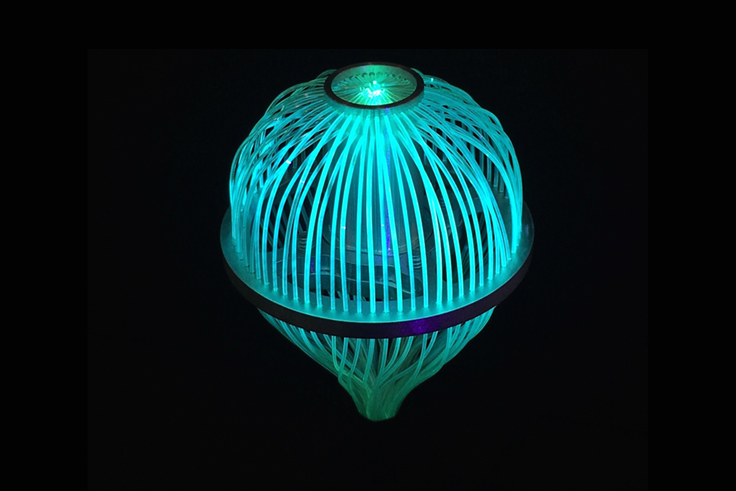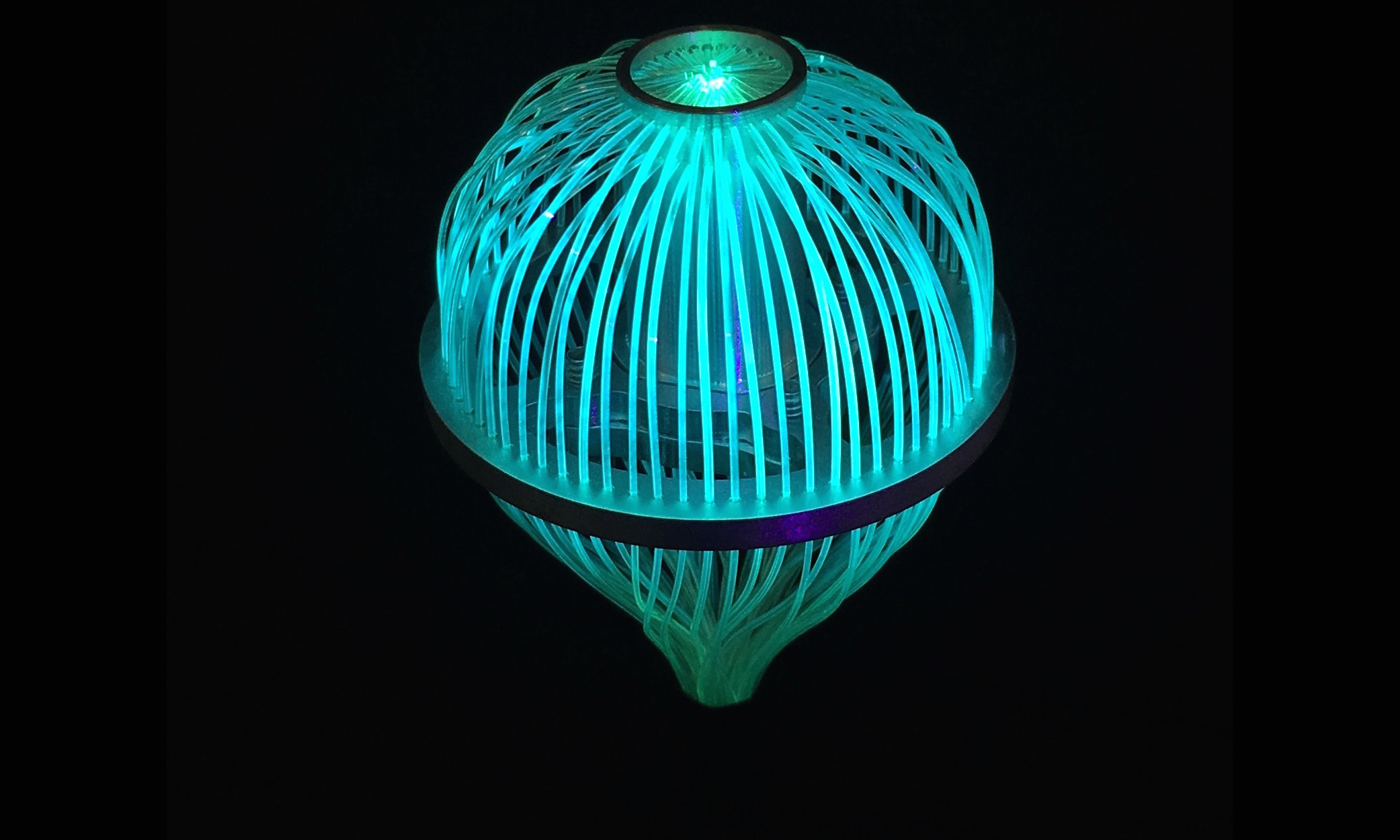As part of our connectivity efforts, Internet.org is working on ways to connect the 4 billion people who are currently offline. Of those 4 billion, we know that 1.6 billion live in sparsely populated areas without broadband wireless infrastructure, and connecting them will require very different technologies than the solutions currently used. The Connectivity Lab team at Facebook is working to solve this problem, and has introduced a number of new technologies aimed at bringing better connectivity to these populations.
In addition to building new technologies, we are also researching novel ideas to solve connectivity challenges at a more fundamental level. One of our recent efforts is a new type of optical detector that could simplify the technology behind free-space laser communication and enable high-speed connectivity in areas where traditional infrastructure is difficult to build. The results of our research have been published today in the journal Optica.
The challenges of laser communication
Most wireless telecommunications use the radio frequency part of the electromagnetic spectrum. Free-space laser communication operates in the visible and infrared light range, where it benefits from less interference with neighboring communication systems and can potentially provide higher data transmission rates. In addition, this portion of the spectrum is not regulated, allowing for faster deployments and globally applicable solutions. Despite these advantages, however, there are still many challenges that prevent free-space optical (FSO) communications from being widely adopted.
Free-space laser communication works by transmitting laser light through the air between transceivers spaced several hundred meters to several kilometers apart. Detectors in the form of semiconductor photodiodes that receive the optical signal are typically small to maintain higher speeds; the larger the photodiode gets, the slower it becomes. Achieving gigabit per second data rates requires a photodiode of about 1 mm2 or smaller.
However, a laser beam expands the farther it travels through space and can often be much larger than 1 mm2 at the receiving end. This limits the range the beam can travel, as the photodiode would detect a smaller fraction of the signal over longer distances. A larger portion of the beam can be captured by using a lens to focus the light on the photodiode, but the larger the aperture of the lens, the more precisely it must be pointing at the laser beam. FSO systems typically include automated mechanical tracking systems to maintain this alignment and correct for vibrations and beam variations due to atmospheric turbulence, which adds complexity and cost to the design.
A luminescent detector
To address these challenges, we developed a new type of optical detector that has both a large active area and a large field of view without sacrificing speed, enabling a much simpler design. We achieve this by using plastic optical fibers doped with organic dye molecules that absorb light at one wavelength (blue) and reemit it into the fiber at a different wavelength (green). This process, otherwise known as luminescence, allows us to collect blue light over a large area and "funnel" it back as green light to a small photodiode, thus concentrating the light without the addition of expensive optical components.

The speed of the detector is determined by this absorption and re-emission process. It takes just over a nanosecond on average, but the use of tailored modulation techniques (such as orthogonal frequency-division multiplexing) allows us to exploit the faster time-scales of the luminescence process to achieve high data rates. In particular, we demonstrate a detector with an active area of 126 cm2 and a data rate of more than 2 Gbps. Our detector covers an area three orders of magnitude larger than a semiconductor photodetector of the same speed — so does not require precise alignment — and can collect up to 10 times as much light, which reduces the rate of errors in the data transmission.
Looking ahead
We are currently developing prototypes to demonstrate the advantages of this approach and study its performance in real-world settings. Replacing expensive optics and precise motorized alignment systems with our luminescent detector paves the way for low-cost, rapidly deployable optical point-to-point links. Outside of our Connectivity Lab applications, it could potentially have a large impact for indoor visible light communications, an emerging technology for indoor high-speed communication; having a receiver that is not subject to alignment constraints would enable high data rate communication to mobile devices without complex pointing and tracking systems.
More improvements are also possible through the development of new materials. The materials we used for this work have been developed for high-energy physics experiments such as the Large Hadron Collider in Geneva, as well as for the luminescent solar concentrators that convert solar energy to electricity. As a result, they have been optimized for the visible part of the optical spectrum and relatively slow response times. For communications purposes, higher speed materials working at infrared wavelengths need to be developed. Additionally, emerging technologies in the fields of nanophotonics and plasmonics could further improve the speed and efficiency of these detectors. We will work toward these goals in the near future and hope to stimulate enthusiasm for this challenge in other academic and industry research groups.

This project was performed together with Kevin Quirk and Tony Wang.










